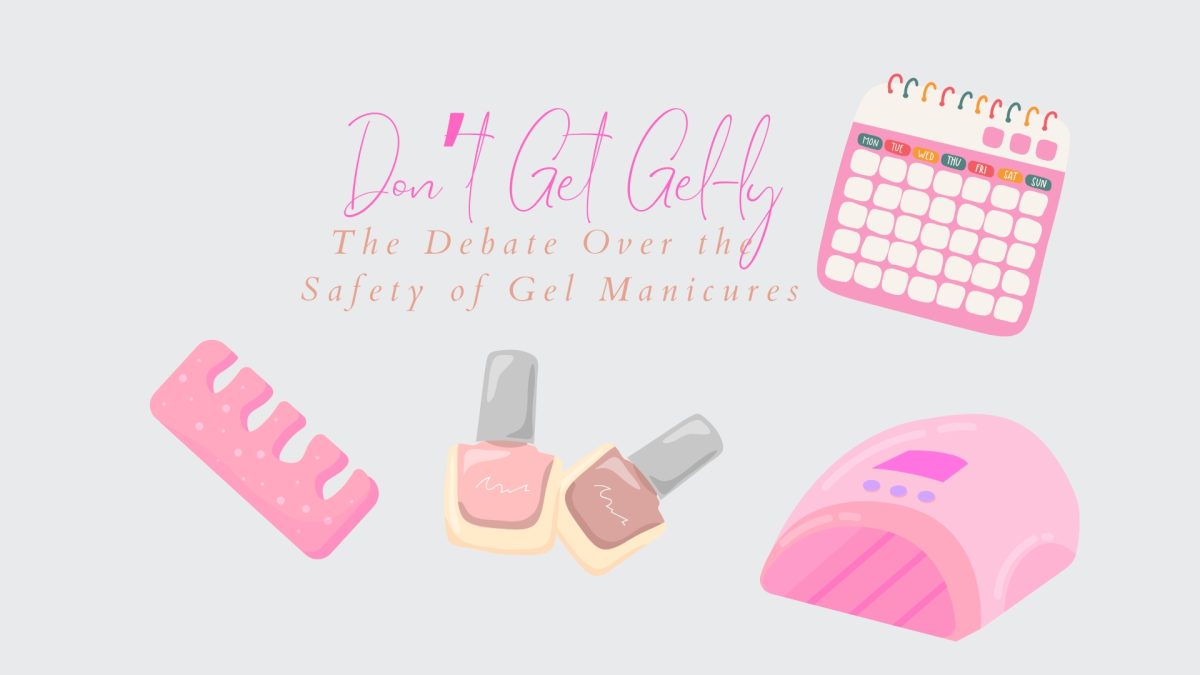Fast Fashion is an economic and cultural phenomenon that produces new trendy clothing that is meant to be worn for only a few times and sold at a low price. Consumers watch their favorite celebrities wearing designer clothing on the red carpet, and then impulsively purchase the look alike items seen from the convenience on their phone, and can in lightning speed see the packages on their front door step as soon as one business day. So how is Fast Fashion unethical?
The global fast fashion industry is taking the world by a storm, impacting people and our planet, estimated to be valued over $106 billion in 2022. This industry is tailoring to Millennials and GenZers’ infatuation with being seen as the latest trend setter which results in “throw-away culture,” the idea of buying a large quantity of items for an extremely low price and disposing the clothes as quickly as the impulse to buy them.
Fast Fashion’s cost on the planet is unsustainable. The pressure on factories to produce high volumes of clothing, results in environmental, health, and safety shortcuts to meet imprudent demands from the fast fashion industry. It adversely affects our planet, the workers, and the mental health of consumers.
The sad truth is that in the United States more than 85 percent of textile waste ends up in either a landfill or being incinerated, with fast fashion being one of the biggest contributors. It is estimated to take over 200 years for textile waste to decompose. In the world of fast fashion, one of the cheapest and most widely used fabrics is polyester. Polyester is derived from petroleum, a non renewable fossil fuel that is burned and later released into the air as carbon dioxide, a greenhouse gas. It is then trapped inside Earth’s atmosphere and causes global warming. With fossil fuels being the largest contributor to climate change, which is regarded by a United Nations expert as “the largest, most pervasive threat to the natural environment and societies the world has ever experienced, and the poorest countries are paying the heaviest price.” It is clear that it is unethical since the poorest countries have done the least to cause climate change but yet will be on the front lines to face its fatal effects.
So who is behind the scenes making all of these cheap clothes? Well, the fashion industry is one of the most labor-dependent industries with approximately 80% of women being garment workers. To maximize profit, companies employ third party factories in the cheapest production countries such as Bangladesh, India, China, Vietnam, and the Philippines. Too often, the pressure of production deadlines leads to workers’ rights being violated. Stories from women in Bangladesh factories tell that due to the lack of bathroom breaks, they have face bladder infections. Additionally, an Oxfam 2019 report found that 0% of Bangladeshi garment workers earned a living wage and worked in factories with inadequate infrastructure.
In about 90 seconds a devastating disaster caused the collapse of the Rana Plaza factory in Bangladesh in 2013, with 1,134 people killed along with 2,500 injured. One of the main causes of the collapse was that the authorized design of the building was neglected in order to add extra floors to expand the structure and to maximize profit. The tragedy of inadequate infrastructures stems from the rapid cycle of trends and unethical pressures for factories to keep up.
Designer Yves Saint Laurent coined the phrase, “Fashion fades, style is eternal;” unfortunately this is no longer true with there being an estimated fashion micro-season every week. Today consumers are addicted to impulse buying “throw-away” culture which is amplified through social media platforms such as TikTok and Youtube. Let’s take the fast fashion company, Shein, which in 2022 had an estimated revenue of U.S.D. $24 billion. As of December 2023 the hashtag #sheinhaul has garnered 14.2 billion views on TikTok, a platform in which 60% of users are GenZers. In 2021, Shein reportedly launched 800,000 new products and they continue to utilize influencers on TikTok who guarner millions of viewers to post Shein hauls while holding overfilled boxes of clothes. These influencers are often sponsored and they encourage their viewers to buy from Shein. These marketing techniques encourage young adults to consume more than what is essential and are at risk of falling into the rabbit hole of ‘throw-away’ culture, a phenomenon that promotes the ideal lifestyle that in order to stay relevant, one must constantly stay on top of the newest trends.
Although Shein can be seen as offering a wide variety of styles for a low price that is extremely affordable to consumers, the hard truth is that this cycle of impulse buying and ‘one and done’ fashion offers empty calories that will leave consumers unsatisfied. Although Shein can be seen as offering a cheap and affordable entry way into the fashion world and popularity, teens can be caught in a continuous hamster wheel where they are chasing a never ending rapid cycle of trends. It leaves the consumer with mental distress especially when they are led to believe that by continuing to spend money on material goods, they will in turn receive fulfilling happiness, which is far from the truth.
Fast Fashion is a determental cultural and economic phenomenon that harms our planet, garment workers, and even our own mental wellbeing. Although the fast fashion industry getting worse may seem inventiable, each small step every one of us can make for a better tomorrow can globally altogether lead to a substantial change. By one person starting to thrift their clothing, to another person choosing to slowly make small changes on cutting back on shopping from fast fashion retailers, we all can collectively spread awareness on the fast fashion industry and hold them accountable.
So what steps will be taken to change the fast fashion industry, to help better the planet we live on, the lives of garment workers, and your own life?















